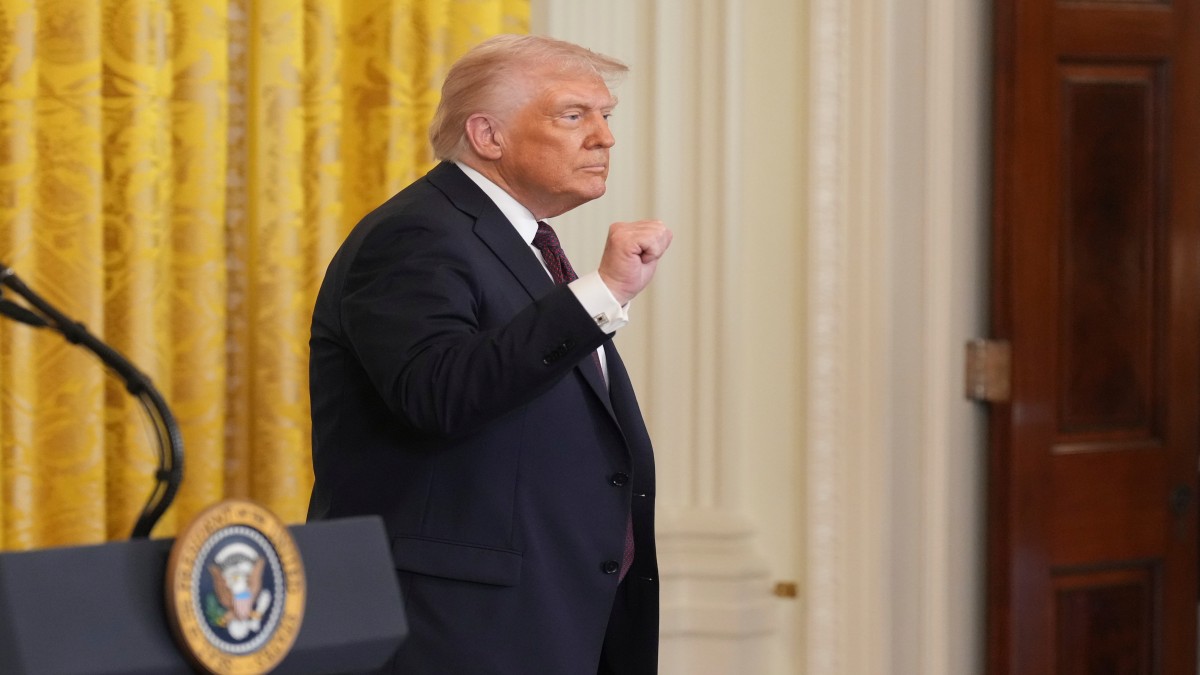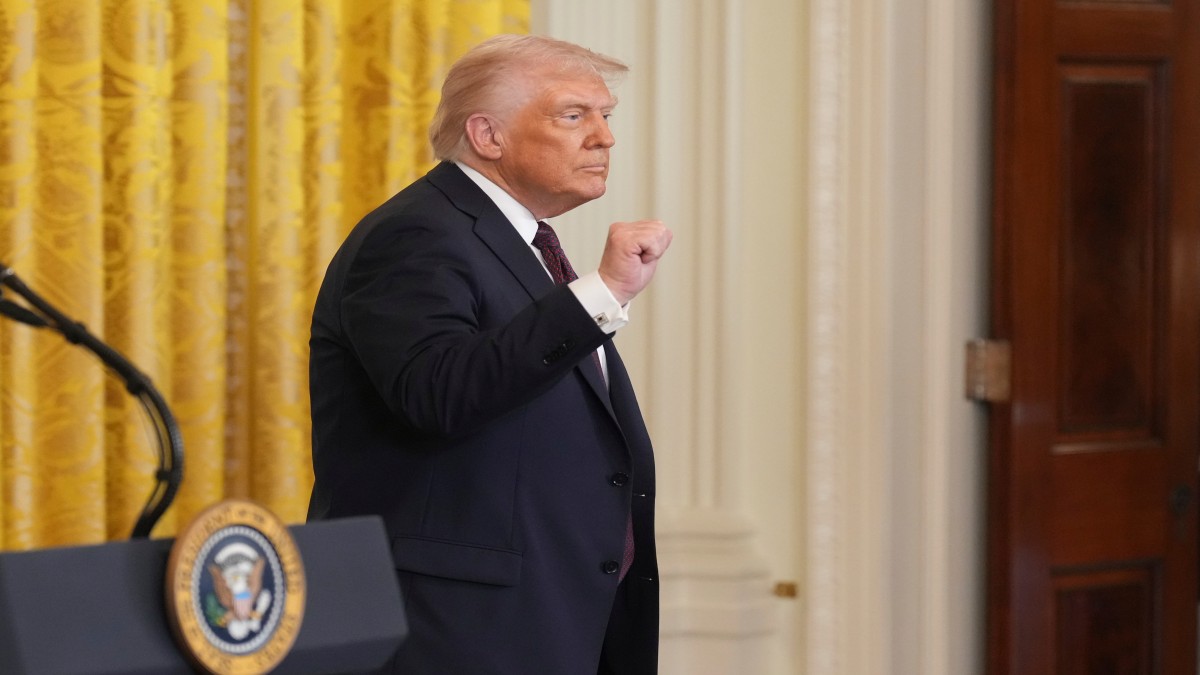“To me, the most beautiful word in the dictionary is ‘tariff’”. No prizes for guessing who made this remark. As Donald Trump prepares to announce reciprocal tariffs on April 2, the world is gripped by anxiety. He is calling it Liberation Day, a day when the US will be freed from its reliance on foreign goods.
No one knows what to expect. Stock markets are swinging sharply worldwide.
The trade war has shaken up America’s allies, with governments scrambling to come up with countermeasures. While Trump’s policy positions have exhibited variability, particularly on contentious social issues such as abortion, his core belief that the United States is subject to economic exploitation by international entities has remained a constant. Trump has been talking about tariffs long before returning to the White House.
His firm belief in the efficacy of tariffs as a solution has persisted, notwithstanding the arguments presented by his political opponents and numerous economists, who contend that US consumers will bear the burden of increased prices as importers pass on the added costs. But how did the tariff saga begin?
Tariff Man, Trump
In a 2018 social media post, the 78-year-old leader had called himself a tariff man. He wrote, “I am a Tariff Man.” He has been advocating tariffs since the 1980s when he was known as a brash property dealer and tabloid fixture.
At the time, his main target had been Japan. During an interview with CNN’s Larry King back in the day, he discussed how he might get into politics. “A lot of people are tired of watching other countries ripping off the United States,” Trump said in 1987, using rhetoric that has changed little in the intervening 38 years. “Behind our backs, they laugh at us because of our own stupidity.”
In a separate interview with chat show host Oprah Winfrey, he raged, “We let Japan come in and dump everything right into our markets.” By the 1990s and early 2000s, China entered his crosshairs, and Beijing remains one of his top tariff targets, along with Canada, Mexico and the European Union. In his successful 2016 election campaign, Trump stepped up the rhetoric, saying: “We can’t continue to allow China to rape our country.”
Trump’s inspiration
During his second term, Trump increasingly referenced President William McKinley, drawing parallels between McKinley’s expansionist and protectionist policies (1897-1901) and his own “Make America Great Again” agenda. He specifically cited McKinley’s economic achievements in his inauguration address.
“President McKinley made our country very rich through tariffs and through talent – he was a natural businessman,” Trump said in his inauguration speech in January. Trump’s promises of a “Golden Age” harken back to the so-called “Gilded Age” that culminated with McKinley’s presidency, a time when America’s population and economy exploded – along with the power of oligarchs.
In addition to deploying tariffs, McKinley presided over a period of territorial adventurism for the United States, including the Spanish-American War and the purchases of Guam, Puerto Rico and the Philippines.
Such moves echo Trump’s designs for Greenland, Panama and Canada. The two also share the unwanted similarity of being struck by an assassin’s bullet, although Trump survived the attempt on his life at an election rally last July, while McKinley was killed by an anarchist in 1901.
With inputs from AFP


)
)
)
)
)
)
)
)
)



